|
10/10/2021 0 Comments Sea Salt Spray Tips for All Hair TypesSea salt spray is your beach hair in a bottle. Think about how your hair feels with the salt water, wind, and a day at the beach; a sea salt spray will help recreate that feel and look – unfortunately, minus the beach trip. Sea salt adds texture and volume with a gritty matte finish to all hair lengths. Learn how to use this simple magic to pull off a slightly messy look that is all the rage now! First, What Is a Sea Salt Spray? Contrary to what you might have assumed, the spray contains not just some sea salt diluted in water, even though this is indeed the key component. Most brands enrich the mixture with nourishing oils and proteins that makes it safe to use on all hair types. For example, coconut oil and aloe vera are popular components. A sea salt spray gives hair a scrunchy feel and qualifies as a texturizing product, which makes it excellent for giving texture to soft straight hair and enhancing natural waves. You should be extra careful when using it in coarse hair, as large-diameter strands feel quite wiry on their own and need smoothing rather than texturizing. How to Use Sea Salt Spray It is best to apply sea salt spray on damp hair. Always remember to shake the bottle before using the spray as ingredients may settle over time. When looking to create movement on straight hair or enhance your natural wave, apply sea salt spray to roots and a mid-length area, twist sections and/or scrunch your hair, and let it air dry. The smaller the sections you twist and scrunch, the wavier your hair will be. To add extra volume, diffuse your wavy hair with diffuser attachment on a blow dryer on a low to medium heat and speed. If your hair is on the straight side and you want a more polished beach wave, curl a few sections around your face with a curling iron and then mist and gently scrunch dry locks with some salt spray. You can also use salt spray to achieve more volume in fine locks. Here, its role will be similar to that of a texture powder or dry shampoo that prevents oils from weighing down the roots. Working on the damp hair, section and spray the roots and over-direct the root area using the nozzle of the blow dryer on medium heat. The heat will lock in the volume from the sea salt. Once you have a good pre-dry at the roots, finish blowout in sections using a round brush and overdirecting the root area. It also works great as a pre-styler for short and men’s hair to set the short hairstyle in place and give it a textured, matte finish. Just give a few spritzs to apply a small amount of the product into your damp hair and blow dry as usual. It is ok to use sea salt spray on dry hair – it will add texture to your existing style. However, when working with hair that is dehydrated, apply a leave-in conditioner before adding the sea salt spray to achieve the desired look. The leave-in conditioner will help keep hair moisturized and looking its best. 5 Best Sea Salt Sprays to Try The newest beach wave hair products contain super-moisturizing and nourishing ingredients, lightweight formulas and tempting extra features, so you’re sure to find a perfect texturizer for your needs and wants. My all-time favorite salt sprays are from the Bumble and Bumble family, but there are a few more definitely worth your attention: B&B Surf Spray – the best sea salt spray from the OG of the surf line. Free from harsh parabens and sulfates, Bumble and Bumble’s Surf Spray is a leading beach hair spray, constantly flying off the shelves of every supplying retailer. This little 4-ounce bottle includes all of the ingredients needed to create matte volume, fullness, and just-got-home-from-Cabo waves. Even when summertime has ended, this salt-infused formula can create surf spray hair and waves. B&B Surf Infusion – the best option for thick coarse hair. Remember me saying the salt spray it’s for coarse hair? Well, B&B Surf Infusion is, as it is designed specifically for this hair type and helps to get moisture back into the strands. It adds a splendid shine and definition, too. B&B Surf Foam Spray – the best sea salt spray for adding volume. This part mousse part salt spray allows getting the most lift and volume in fine to medium hair for a big, beachy texture of the locks. At the same time, the blend is infused with coconut water to protect the health of the fine strands and prevent split ends. Oliology Coconut Oil Beach Wave Sea Salt Mist – the best sea salt spray for fine hair. This is another spray that is great for adding grit and texture, but it creates a softer finish so that the locks do not have a crunchy feel that not all of you may like. In addition to styling your locks, the spray can actually make your hair stronger due to the bamboo extract it contains. Not Your Mother’s Beach Babe Texturizing Sea Salt Spray -the best sea salt spray with anti-frizz effect. If you have frizzy, hard-to-handle hair, the aloe leaf in this spray will moisturize hair while the sea salt adds texture. Aloe extracts will also protect hair against dryness while soothing and healing damage from sun exposure and help keep the scalp healthy. How to Prepare Your Own Salt Water Spray If you’re in for DIY hair products, you can easily prepare your own sea salt spray, too. Here is what you need:
Add all ingredients to the spray bottle and shake well to mix. Always remember to shake well before each use! Can I Use Sea Salt Spray Every Day? It’s true when they say, “too much of a good thing…” Overuse of sea salt spray can make the hair feel dry and brittle, so it’s not recommended to use it every day. The salt in the product removes moisture from the hair, which adds volume and texture, but leaves hair dehydrated. If you use the spray quite often, be sure to use a good moisturizing conditioner or invest in a weekly deep conditioner. Don’t be afraid to give sea salt spray a try; pick one up, or make your own, and you will be happy you did! From The Right Hairstyles
0 Comments
8/27/2021 0 Comments What is Coarse Hairand 7 Tips to Style It the Right Way Our hair texture, density and thickness vary just like our facial features and body shapes do. Although coarse hair is often described as “difficult” and “challenging”, the main issue is knowing how to look after this kind of hair structure. Indeed, styling coarse hair requires some effort – from detangling the knots to the potentially longer drying process. While this can sound like a lot to handle, these struggles aren’t harder than styling fine and flat hair; it’s all about learning some tricks and embracing the unique features of your hair. What is Coarse Hair? Coarse and thick hair are often used interchangeably. However, hair thickness is defined by the number of the strands, their density, while coarse hair is hair with a bigger diameter of each individual strand. You can easily check if you have coarse hair by taking a bunch of hair and rubbing it between your fingers: if you can define separate strands and they feel and look like threads, you have coarse hair. The main downside is that this hair structure is more prone to dryness; consequently, it can easily become knotty, wiry, and uncontrollable. On the positive side, coarse hair is very good at holding styles and volume and it doesn’t require too frequent washing. Hence, using good quality hydrating and restoring products, you can easily make coarse hair your best friend. Both straight and curly hair can be coarse and fine, as well as thin and thick. On the hair type chart, 1C, 2C, 3C and 4C types are often on the coarse side. While coarse hair structure is mainly determined by genetics, hair often becomes coarser when graying. 7 Tips for Coarse Hair Treatment Here are 7 tips and tricks that will help you cater to the unique needs of your hair structure. Amend your routine, learn to deal with the challenges, and your hair is sure to be your source of pride and confidence. #1: Start with the Haircare Products for Coarse Hair A healthy hair care routine is the ultimate base needed for good-looking locks, and for coarse hair the key point is moisturizing. The best hair products for coarse hair are those without parabens, sulphates, and other drying ingredients. While you might not be ready to switch to completely natural hair products, try using weekly coconut oil masks – it will noticeably soften and smooth your hair. Shea Butter Deep Treatment Mask and the whole moisture retention collection is also a good choice for deep hydration of coarse hair. Even though finding products that are right for you can be a bit of a journey, it will soon pay back with healthy and lustrous tresses. #2: Use the Right Brush As mentioned before, coarse hair tends to tangle. For detangling, use a nylon paddle brush: firm and smooth bristles penetrate the strands and glide through the hair without causing any damage, while an air cushion protects and massages your scalp. Ideally, brush your hair when it’s semi-dry – it is not as fragile as soaking wet strands and not as knotty as they become when they dry out completely. A ceramic round brush with longer nylon bristles is a great choice for blow-drying your hair – it retains heat, thus speeds up the process. For a smoother finish, always use cold air in the end. #3: Straighten Hair with a Hairdryer Instead of a Flat Iron It is certainly healthier to blow dry your hair rather than use straighteners or other hot tools. Follow these easy steps to achieve a sleek, salon-worthy blow out:
Even though these steps might require some perseverance at the beginning, blow-drying skill will save you some money on salon styling appointments. Most importantly, your hair will be healthy and silky. #4: Choose the Right Temperature While you are in process of advancing your blow-drying technique, straighteners are understandably a handy and quick option. Try to reduce the heat to 350F: it is quite likely that this temperature will be absolutely enough to straighten or curl your hair. Important note: if you apply a heat protecting spray before curlers or straighteners, always make sure the product dries out before you use the hot tools. Applying heat on wet hair literally fries them, which causes immense damage. #5: Pick the Best Hair Styling Products for Coarse Hair Think smoothing creams and shine sprays to get a sleek, polished, and frizz-free look. If you like reading ingredients as much as we do, bear in mind that ideally, silicones shouldn’t be listed as the first three in the list on the bottle. Although silicones create a protective layer around hair shafts, this ingredient can also create buildup which causes hair breakage and a dull look. Briogeo Farewell Frizz silicon-free leave-in conditioner would be a great option that smoothes hair, boosts shine, and eases detangling. Unfortunately, sea salt sprays aren’t made for you – those are making hair rougher and drier – certainly, not the outcome that you are looking for. #6: Choose the Haircut That Works for Coarse Hair A graduated bob or long layers are the best options for coarse hair. These shapes won’t look bulky on thicker hair and will show off the beauty of coarse hair: it’s natural volume. #7: Love Your Coarse Hair
Embrace your natural hair texture and appreciate its advantages like full-body, ability to hold curls and any other styles. We hope these pieces of advice were useful and you will implement some of them in your day-to-day hair care routine to achieve the best styling results for your coarse hair. From The Right Hairstyles Swimming is a fun activity during summer. Who does not like to play with the cool water to beat the effect of the scorching sun? But this fun comes with some challenges to your natural self. Your skin and mostly your hair tends to get damaged by the chemicals used in swimming pools. However, there are simple steps you can take to protect your hair and avoid the possible damages. What does chlorine do to your hair? Chlorine added in water pools is used for a variety of purposes. It is mostly used as an antibacterial agent to destroy bacteria and germs in the pool and keep the water safe for swimmers before it needs be replaced. Chlorine is composed of elements that make it unhealthy for hair. It makes the hair shaft dry, that in-turn, will make the hair strand coarse and fragile. Chlorine in the pool seizes the sebum from the hair, leading the hair strand to lose shine, undergo breakage, and also result in split ends. How to get chlorine out of hair? Here are some simple, easy to follow tricks that can help you protect your hair from damage by chlorine water:
You can also follow these home remedies to safeguard your hair from possible chlorine threats.
Despite being an antibacterial agent, chlorine is a not a recommended element for your hair. It can cause hair discoloration, brittle and frizzy hair, loss of luster and volume along with dry and itchy scalp. So, if you really want to avoid the resulting consequences with even a single dip in chlorinated water, follow these easy and reliable tips and don’t forget to share your experience. From Top10NaturalTips
8/20/2021 0 Comments 9 Steps to Washing Your Hair LessWeaning yourself off the shampoo bottle might seem daunting, but anyone can do it, given the right approach. I have developed a reputation for being TreeHugger's 'hair' person, thanks to all the weird experiments I've done over the years, from ditching shampoo in favor of baking soda and apple cider vinegar to not washing with any cleanserfor forty days. As a result, I get a lot of questions about hair care, particularly from friends who read my posts and wonder how I do it. The most common complaint I hear is, "My hair is so greasy. I could never go that long without washing." Many women and men are preoccupied with this idea of greasiness and needing to fight it on a daily basis. I used to be in this situation myself. I've come to believe that this is a real problem, and that our obsession with combatting greasy hair gets in the way of appreciating how much more manageable and healthy hair can be when it does have a bit of oil in it. It is crucial to understand that the more you wash your hair, the greasier it will get. When shampoo strips the hair of its natural oils, the scalp compensates for that loss by producing more oil.1 It creates a cycle in which more washing leads to more oil, and so on. In order to break it, you must be willing to put up with levels of oiliness that may not feel acceptable at first, but eventually an equilibrium will be established. I give the following advice when people ask me about how to improve their hair care routines. Accept the Oil  Hair is not meant to feel dry and freshly washed all the time; and even if that's what you're used to, you'll learn to appreciate the feeling of slightly oily hair that's smooth, easy to style, frizz-free, and shiny. Slowly Reduce the Number of Washes Use Less Cleanser If you're a shampoo user, use less so that your hair doesn't get quite so clean. Avoid the unnecessary repeat wash. If you use baking soda and apple cider vinegar, use less. (I started using 2 tbsp of each per wash, but now I'm down to 1 tbsp when I do it. See quantities here.) Do a water-only rinse if you're sweaty after a workout. Massage and Brush 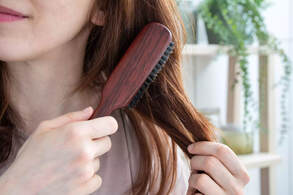 Give yourself a vigorous scalp massage with your fingertips to move the oil away from the scalp and distribute down the hair shaft. Do this once or twice daily. Use a hairbrush to do the same. But for the rest of the time, see the next point... This won't happen overnight. If you wash daily, try to push it by 12 hours, then skip a day. Avoid washing on weekends if you don't have plans. Avoid Touching Your Hair 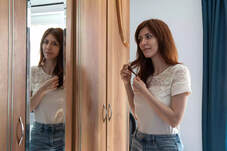 There's oil on your fingers that will make hair limp and lackluster, the more you touch it. Try to keep your hands off your hair unless you're styling or massaging. Use a Natural Dry Shampoo to Stretch the Time Between Washes
Learn the Hairstyles That Work 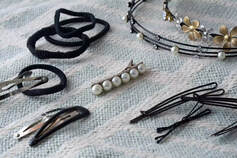 The trick to managing greasiness, I've discovered, is about figuring out how to wear your hair in ways that work. Take advantage of braids, ponytails, buns, headbands, and hairpins to feel presentable and to stretch the time between washes. I find that straightening my hair a day or two after washing helps it go much longer. Think of Washing as Something You Do Only When You Need It, Not Because It's Time 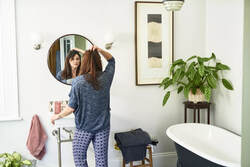 You probably have a hair-washing schedule; but rather than washing it automatically just because that time has come, reassess your hair and see if it can go further. You might be surprised. I now push my washes from 6 to 10 days -- and the difference in the amount of greasiness from day 6 to day 10 is minimal. Don't Give up 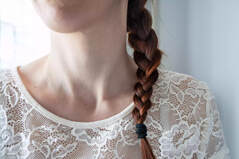 Reducing the frequency of hair-washing will save you loads of time and money. It will result in healthier, stronger, more manageable hair. Go gradually and steadily. It might take two or three months, and you may feel discouraged along the way, but realize that anyone can do this. From TreeHugger
8/13/2021 0 Comments Men: A step-by-step guideto achieve 4 'oppa' hairstyles from BTS’ V to Hyun BinWhen it comes to great-looking hair, you can’t go wrong taking a cue from Korean pop stars and leading men. You might want to skip the barber for this round. Thinking it’s about time to switch things up, hair-wise? Guys, if you’re still getting that dated undercut or the same quick once-over with the hair clippers – yes, we think you’re definitely in need of a hair makeover and perhaps should consider going to a hair salon instead of the barber. Want a 'do that will up your style cred, as well as get you the right attention? Look to the heads of South Korea’s most popular idols and celebrities for inspiration. They’re setting the biggest hair trends for men in Asia, if not the world, according to Readen Chia, associate director of Chez Vous Hair Salon. CNA Lifestyle got him to pick out four “oppa” (older brother) hairstyles that a regular guy can also successfully try, and explain what goes into their making – whether they require a specific cut, hair product, hairstyling tools and techniques that, we assure you, won’t be too tough to execute. GONG YOO’S CURTAIN PARTED BANGS This hairstyle is all about the bangs, which can be parted at the centre or on either side of the hairline (best done in a 3:7 ratio) – no surprise why it takes its name from the drapes hanging over your windows. Obviously, a longer fringe is requisite for this look. At the same time, it requires some level of volume and texture – in other words, you’ll probably need a perm or, in lieu of that, decent DIY hairstyling skills. Chia noted that this hairstyle is usually worn with wavy, permed hair. “Unfortunately, this oppa hairstyle may scream ahjussi (uncle) for some, because not everyone looks good with wavy hair. In fact, some of us may look older than we actually are after a perm,” he said. Want a preview of how it will look on you? Chia suggested asking your hairstylist to create a temporary wave for you with hairstyling tools before you take the plunge. Chia also advised those with thinning hair or very fine hair to stay away from curtain bangs. “This hairstyle requires good hair density and thickness, otherwise, the parting will look overly wide and sparse,” he explained. Once you have a perm in place, it’s not too complicated to finesse the look at home. Here’s what to do:
V OF BTS’ MODERN MULLET This year’s trendiest hairstyle for men is, admittedly, not easy to accept for the average Singaporean gent. But that’s what trends are – they are not meant for everyone, but those with the requisite attitude to pull them off, and definitely jobs that do not have a strict dress code. Most people think of G-Dragon when the mullet is mentioned, but there are actually many other subtler takes on the hairstyle besides the extreme versions seen on the Korean rapper. In fact, Chia thinks that it can be a very versatile hairstyle for men. “The mullet can be customised to suit different hair types, and there are so many variations on the style. You can wear it longer at the back and with micro bangs for a punk-rock vibe; with a side fringe part or comma fringe (described below) for a K-pop-idol-inspired look; or not quite so long at the back and with a permed top and fringe for a preppy-ish look,” he explained. To achieve the version of the modern mullet you desire, Chia advised to go to your hairstylist with reference pictures, since it can be hard for the layman to describe or distinguish between the many different components of the hairstyle’s multiple variations. “Take note that the back of a mullet can grow out of shape quickly, so it may not be ideal for those with uneven hair growth or a slanted hairline at the back, and probably those who dislike making frequent trips to the salon for haircut maintenance,” he added. A pro of having a mullet is that it is easy to style at home, says Chia. Here’s what to do:
KIM SOO-HYUN’S COMMA HAIR Named after the punctuation mark because of the curled-inwards fringe, this hairstyle has been popular among male Korean idols since a few years ago and, according to Chia, is still in fashion now. The best thing about it is that you don’t need a perm – all you need is to know how to produce a C-shaped curl with either a flat iron or a hairdryer. It’s not too complicated for a guy to learn – ask your hairstylist for tips on how best to recreate the look he or she has given you. While comma hair used to be seen on Korean stars in a more precise, defined shape, these days, it’s more commonly worn in a slightly tousled, more-textured style. “Comma-ed” bangs are typically worn on the highly popular two-block cut, or its slightly mushroom-shaped cousin. Get the haircut right and you’re set for hairstyling success at home:
HYUN BIN’S SLICKED-BACK HAIR A classic hairstyle for men, this style channels a smart, dressy vibe, which explains why Korean celebrities love to sport it when attending award ceremonies. Chia pointed out that you’d hardly see any guys with slicked-back hair on the streets in South Korea, however, because many of them actually consider it to be a dated hairdo that makes them look older than they really are. “For most Korean men, a visible fringe is an important ‘tool’ for appearing youthful – a trait not found in slicked-back hair,” he added. Still, it’s an undeniable fact that the stars look great in the slicked-back look, and you can too. Their secret? Instead of pulling their hair from the front and straight to the back from the hairline, they go for a side-swept variation with a parting. This hairdo will suit just about any type of hair, although it may look more modern if your hair is cut shorter on the sides and back of the head. “This is the easiest men’s hairstyle to style at home,” said Chia. For an updated take, leave some strands of the fringe loose and tousled for a “carefree” look.
From CNA Lifestyle
|
Hair by BrianMy name is Brian and I help people confidently take on the world. CategoriesAll Advice Announcement Awards Balayage Barbering Beach Waves Beauty News Book Now Brazilian Treatment Clients Cool Facts COVID 19 Health COVID 19 Update Curlies EGift Card Films Follically Challenged Gossip Grooming Hair Care Haircolor Haircut Hair Facts Hair History Hair Loss Hair Styling Hair Tips Hair Tools Health Health And Safety Healthy Hair Highlights Holidays Humor Mens Hair Men's Long Hair Newsletter Ombre Policies Procedures Press Release Previous Blog Privacy Policy Product Knowledge Product Reviews Promotions Read Your Labels Recommendations Reviews Scalp Health Science Services Smoothing Treatments Social Media Summer Hair Tips Textured Hair Thinning Hair Travel Tips Trending Wellness Womens Hair Archives
April 2025
|
|
Hey...
Your Mom Called! Book today! |
Sunday: 11am-5pm
Monday: 11am-6pm Tuesday: 10am - 6pm Wednesday: 10am - 6pm Thursday: By Appointment Friday: By Appointment Saturday: By Appointment |

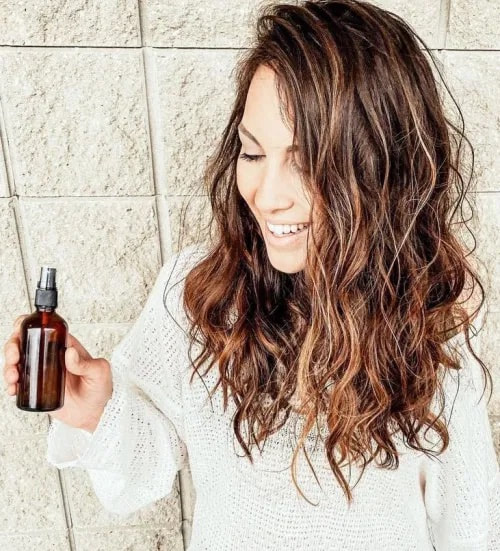
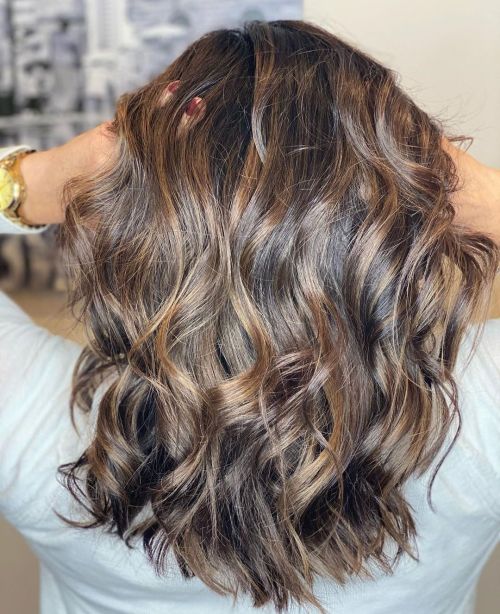
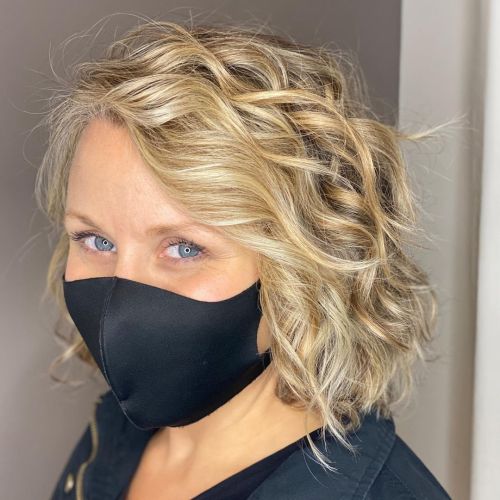
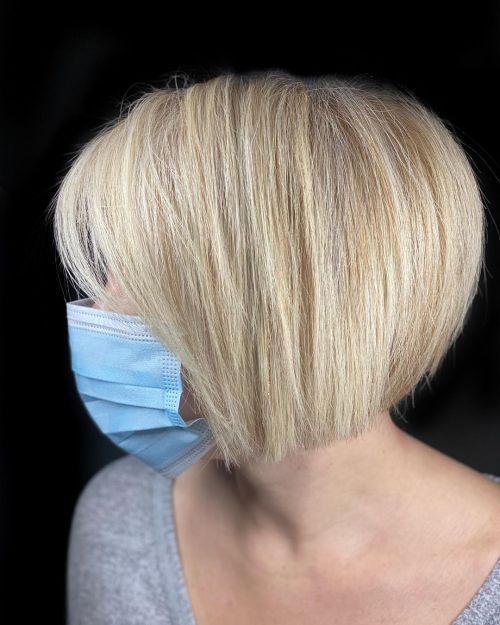










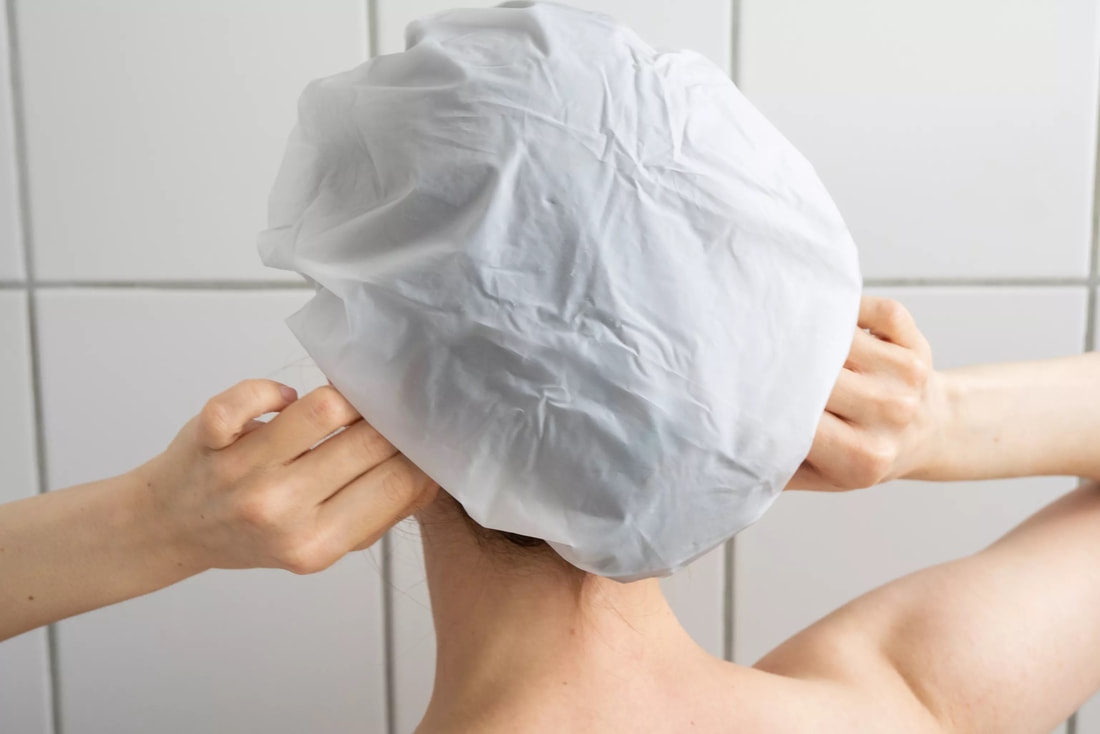

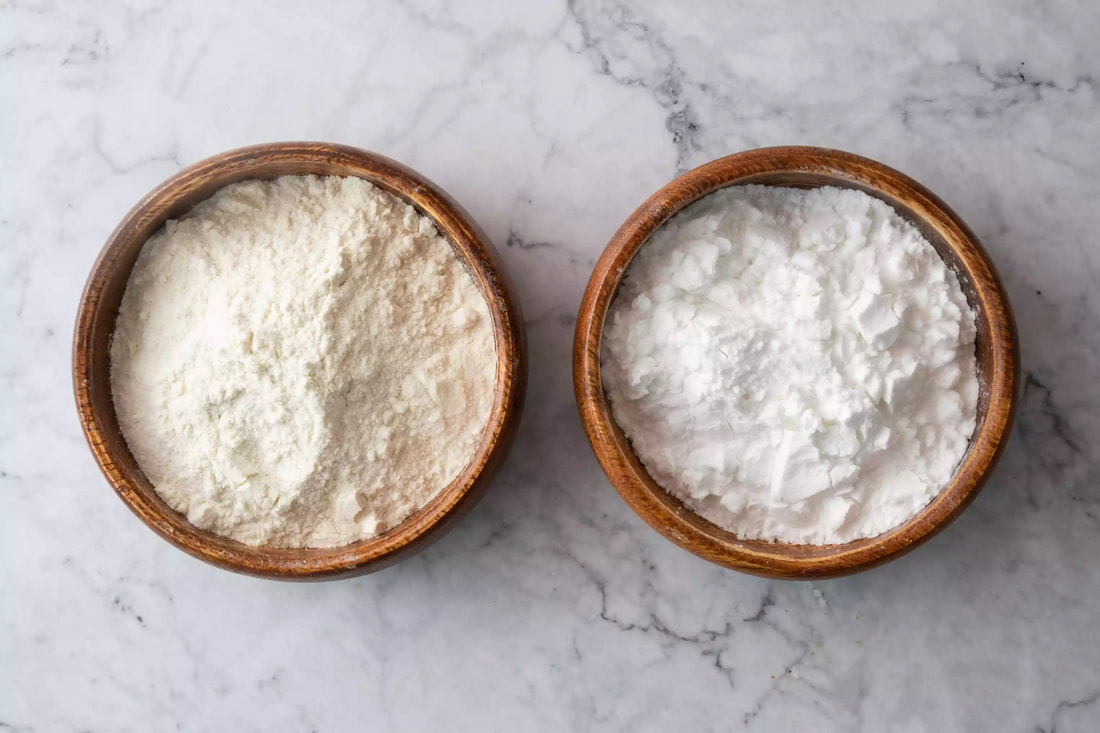
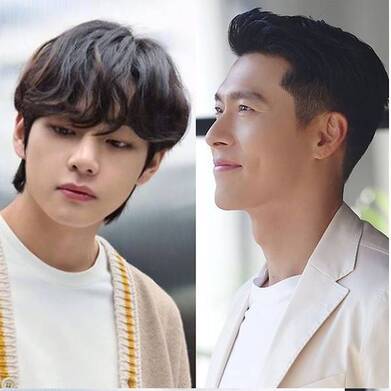
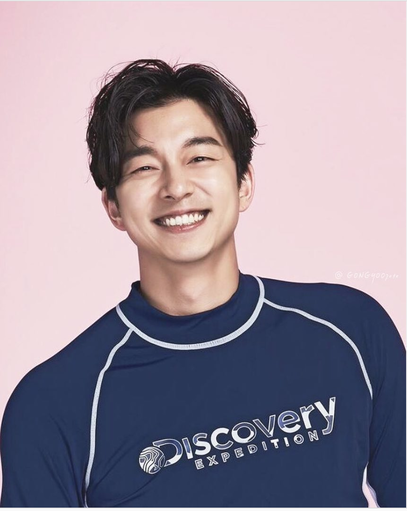



 RSS Feed
RSS Feed